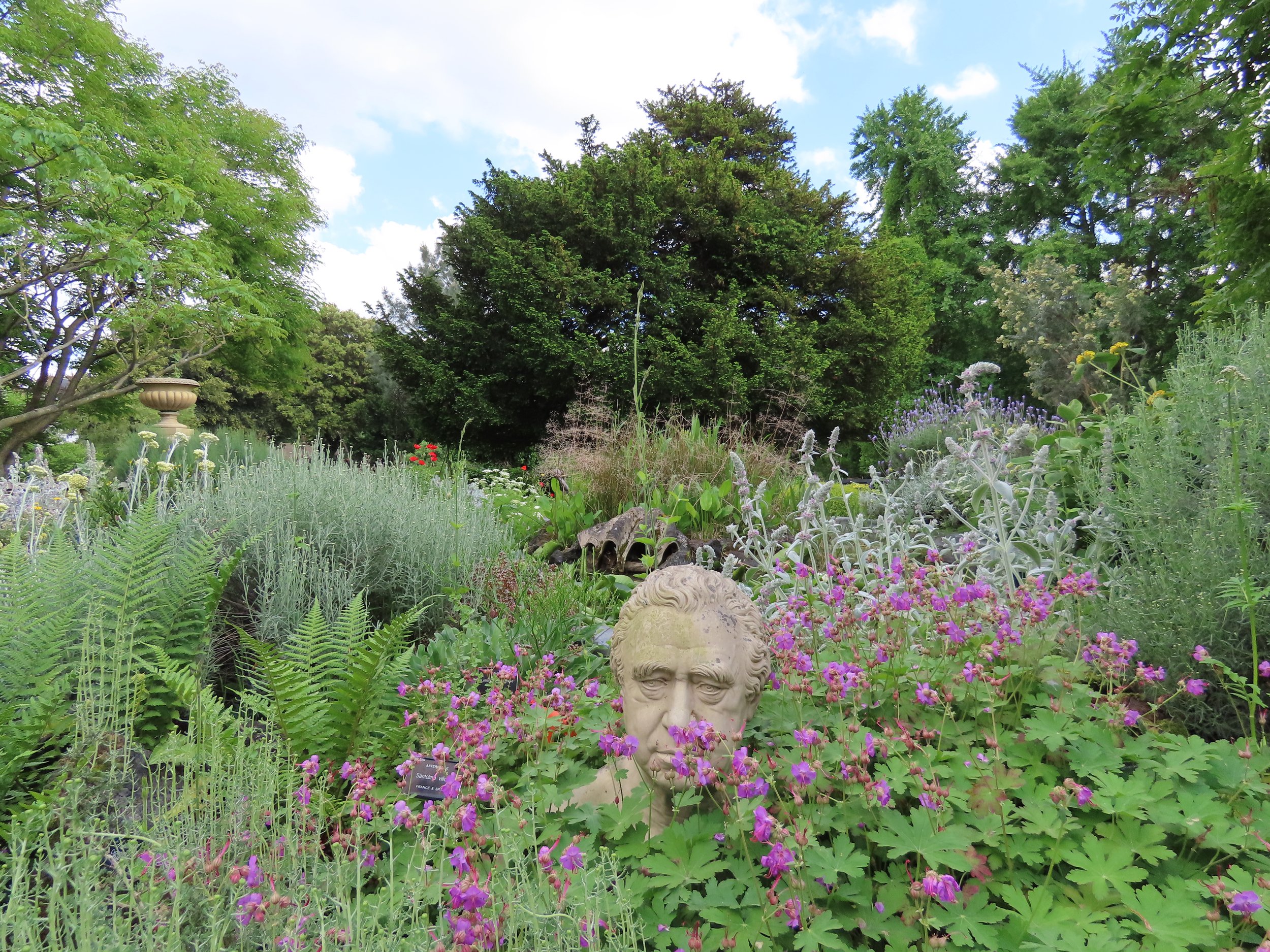The Chelsea Physic Garden
If you fell ill in Stuart England, you might have been subjected to any number of gruesome remedies. At the time, physicians routinely prescribed unicorn horn powder (third-party tested?), bezoar stones, spiderwebs, live worms, and fox lungs—to treat asthma, naturally. This was not just occurring on the fringes of healthcare; it was squarely mainstream in 17th-century medicine.
When Charles II suffered a stroke in 1685, he paid Oliver Cromwell’s personal physician £1,500 (equivalent to several hundred thousand pounds today) for the secret formula for Goddard’s Drops, rumored to be a cure-all. The efficacy of the drops hinged upon one crucial ingredient—five pounds of ground human skull. The prevailing thought was that skulls from the elderly or infirm might contain traces of the very illness one was attempting to cure. So ideally, the material was sourced from a young, healthy person who had died a violent death, making the skulls of recently hanged criminals a favorite choice. The formula—later known as King’s Drops—was widely used in Stuart England by people of all walks of life.
In 1673, during this era of unicorn horns and skull juice remedies, the Chelsea Physic Garden was founded with the express purpose of growing useful plants for the apothecaries of London. It is the second oldest botanical garden in the UK, predating all others except for the botanical garden at Oxford. The Worshipful Society of Apothecaries of London originally leased the site from Sir Hans Sloane for a fee of £5 a year, an agreement that Sloane’s descendants still honor today. Located on the banks of the Thames, the garden benefits from a cozy microclimate, just a few degrees warmer than the surrounding area. Among the over 4,500 species of plants at the Physic Garden, the vast majority are medicinal, herbal, or edible.
The garden was established during a complex age in horticulture. In the late 1400s, Plant Hunters began searching the globe for useful and valuable specimens. Today, we understand how dependent these hunters were on the skill and support of Indigenous guides. Of course, history is full of baffling citations of European discoveries of plants, foods, technologies, and even entire landmasses that had already been widely used for centuries by other cultures. The Physic Garden is full of such specimens but makes a commendable effort to educate the public about the complications surrounding the plants’ history and sourcing.
In their printed literature and on tours, the staff also highlights the contributions of midwives and traditional folk healers, who were predominantly female. Our tour guide shared a particularly interesting account involving Dr. William Withering’s “discovery” of the drug digitalis in 1775. One of Withering’s patients was suffering from severe dropsy, known today as edema—excessive swelling related to congestive heart failure. When all conventional efforts failed her, she turned to a female folk healer who prescribed an herbal tincture. When Dr. Withering returned for a follow-up visit, he expected to find her dead but instead, found her up and about working in her garden. Withering immediately set out to study the remedy and isolate the exact compound responsible for its profound effects. After 15 years, he finally identified the hero ingredient: Digitalis lantana, a variety of foxglove used in folk medicine to treat ailments ranging from tuberculosis to epilepsy. The organic compounds in its leaves act as a cardiotonic—a substance that makes the heart beat stronger and slower. This compound is still used today in the form of a drug called Digoxin.
As a side note, Vincent van Gogh’s physician used foxglove to treat depression; the flower is featured prominently in Van Gogh’s Portrait of Dr. Gachet. Digitalis has a very narrow therapeutic range and can cause unusual side effects at its upper limits. In addition to headache and nausea, digitalis toxicity can cause yellow and green chromatopsias. These ocular phenomena cause patients to see yellow and green swirling halos around objects in their visual field and may have contributed to the dream-like, luminous characteristic of Van Gogh’s work.
The Chelsea Physic Garden is rich with such stories. In my design practice, I am enchanted by the process of creating beauty with nature. But as the child of an immigrant, I also have a preoccupation with useful things. To visit the Chelsea Physic Garden is to stand at the nexus of aesthetic refinement and life-sustaining utility. Below are a few highlights.
The Rockery, planted with a gorgeous variety of yellow lavender I had never seen (mid-left.)
In the Garden of Medicinal Plants. Taxus hedges, seen at the perimeter, are the source of docetaxel and paclitaxel, two powerful chemotherapeutic drugs.
The Dicotyledon Order Beds contain thousands of plants organized into different families according to the Bentham & Hooker System. Today, we would use plant DNA to classify them.
The Garden of Edible Plants, where we learned that strawberry leaves are antimicrobial and can be used to dress wounds.
Come for the flowers, stay for the hips.
The Tank Pond is surrounded by British native plants and provides a generous water source for pollinators.
The Garden of Useful Plants contains over 200 species of plants used for everything from shelter to clothing dye.
A giant bed of borage; its edible blooms are a pollinator magnet, its leaves can be used to treat a cough, and its seeds are rich in essential fatty acids. A beautiful workhorse.
The Cool Fernery highlights how these prehistoric plants have adapted to many different growing conditions.
The Chelsea Physic Garden is located at 66 Royal Hospital Road, Chelsea LONDON SW3 4HS, and is open Sunday-Friday 11am-5pm.
Photos by Natalie Crist












